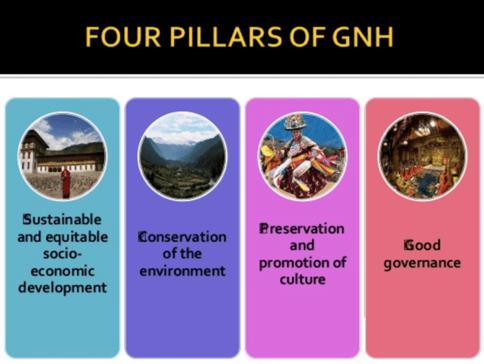About Bhutan
GEOGRAPHY


LOCATION
The tiny Kingdom of Bhutan lies hidden in the folds of the eastern Himalayas sandwiched between the two giant countries of India in the south and China in the north.
With a total area of 38,398 sq kilometers, approximately the size of Switzerland, Bhutan lies between 88° 45′ and 92°10′ longitude east and 26°40′ and 28°15 ‘ north. It is a mountainous country except for a small flat strip in the southern foothills.
In the north we border Tibet, the autonomous region under China, the Indian state of Arunachal Pradesh and in the south with the Indian states of Assam and West Bengal.
HISTORY
Bhutan, also known as Druk Yul or the Land of The Thunder
Dragon, derives its name from various origins. Some suggest it comes from the ancient Indian term “Bhotanta,” meaning the end of the land of Tibetans (‘Bhots’ in Sanskrit), indicating its location on the southern border of Tibet. Alternatively, it could stem from “Bhu-uttan,” signifying ‘high land.’
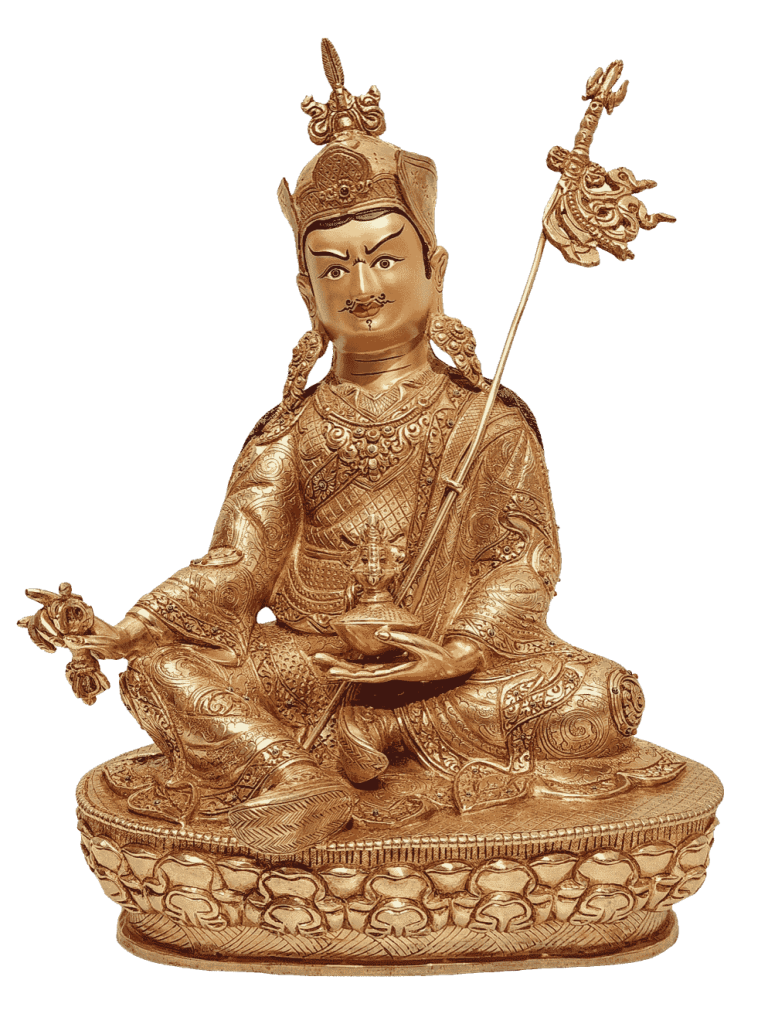
Guru Padma Sambhava, a revered Indian Tantric Saint, arrived in Bhutan in 810 A.D. at the invitation of King Sindhu Gyab of Bumthang. Guru Padma Sambhava is credited with introducing Buddhism to Bhutan, which was previously influenced by the Bon religion, emphasizing nature worship and shamanistic beliefs.
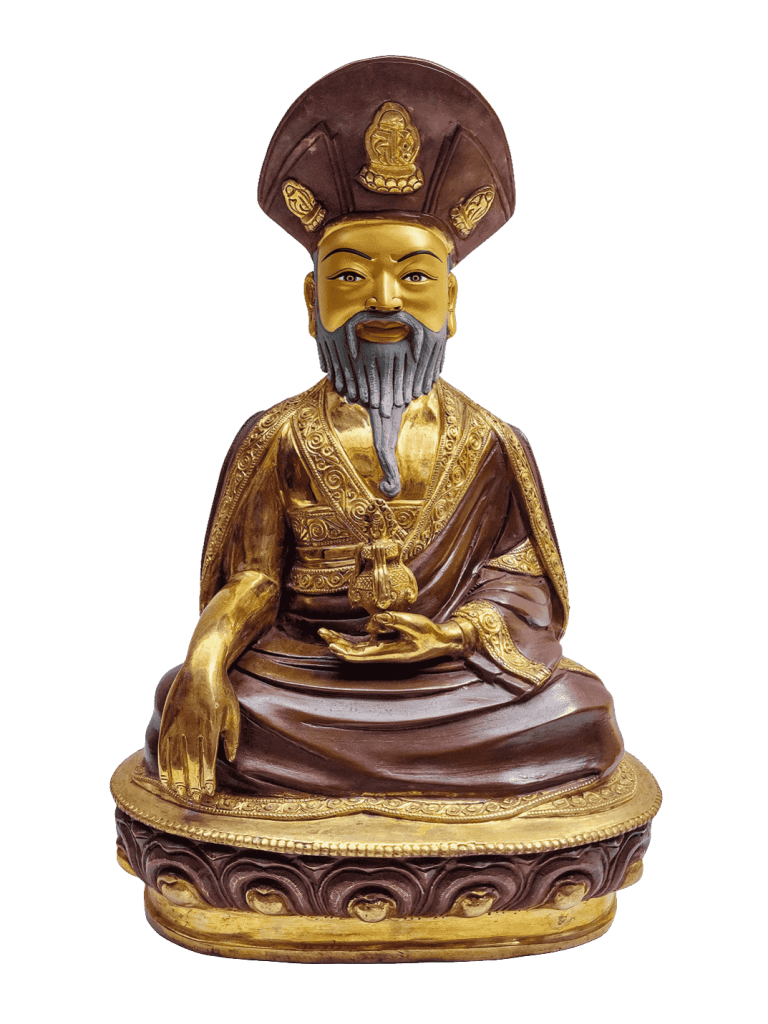
Bhutan, has never been colonized, a fact held dear by its people. Prior to the 17th century, the country was fragmented among clans and feudal chiefs, resulting in constant conflicts. However, Zhabdrung Ngawang Namgyel’s arrival in the 17th century brought unification and the establishment of a dual governance system. Zhabdrung Ngawang Namgyel constructed several Dzongs (fortresses) and founded the Drukpa Kagyu school of Buddhism.
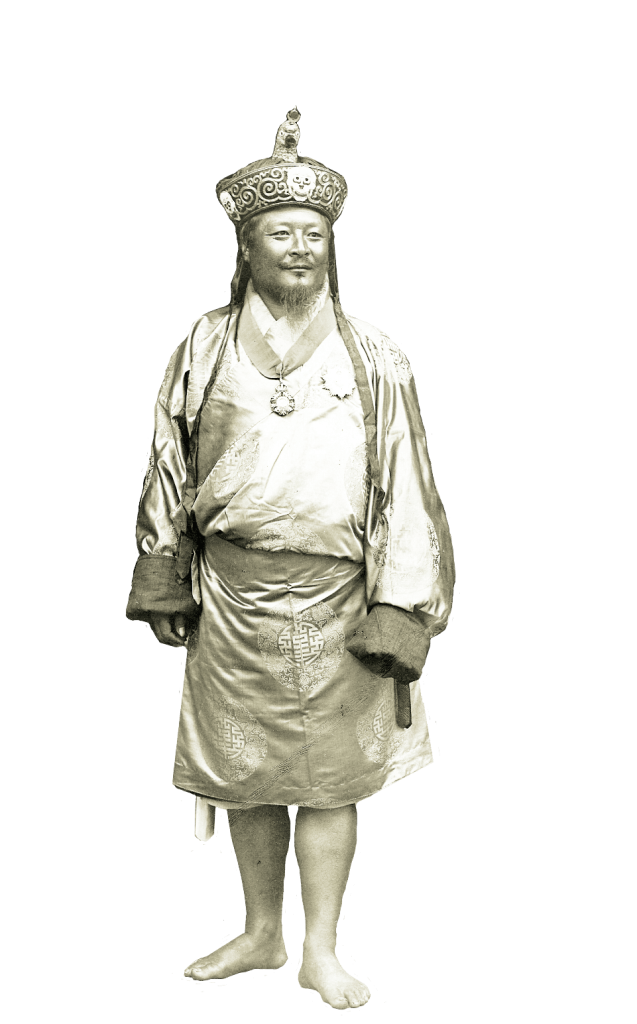
The year 1907 marked another significant milestone with Ugyen Wangchuck, Trongsa Penlop, being enthroned as the first hereditary King of Bhutan at Punakha. Bhutan remained largely isolated until the reign of the Third King, Jigmi Dorji Wangchuck, who initiated Bhutan’s gradual opening to the world.
In 2008, Bhutan transitioned to a constitutional monarchy with its first general elections, marking a pivotal moment in its modern history.
CLIMATE
The Central region
1000m to 2500m
Experiences cold dry winters and wet warm summers. The east central region is also warmer than the west as the west region experiences more rainfall.
The Northern region
Above 7,000m
weather conditions are similar to arctic. Winters are freezing while summers are cold
The Southern regions
170m to 800m
the weather is hot and humid in the summer and cool in winter. The monsoon rains are usually heavy. Winters can be a good time to visit the lower parts, the climate is tropical in the monsoon season and may range from 15°C in winter to 30°C in summer.

ENVIRONMENT
Bhutan can justifiably be called as one of the world’s last remaining biodiversity hotspots.
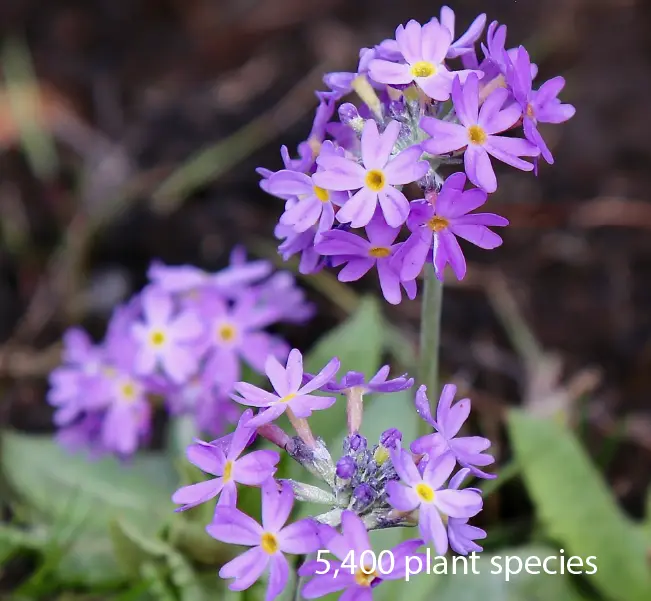
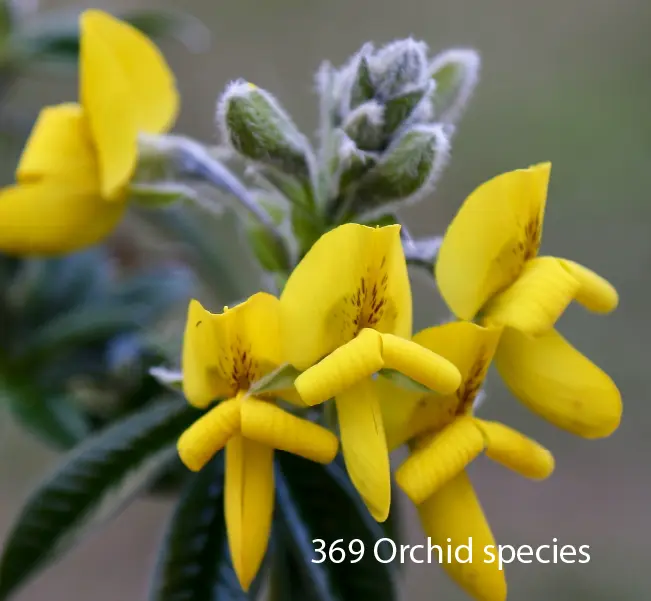
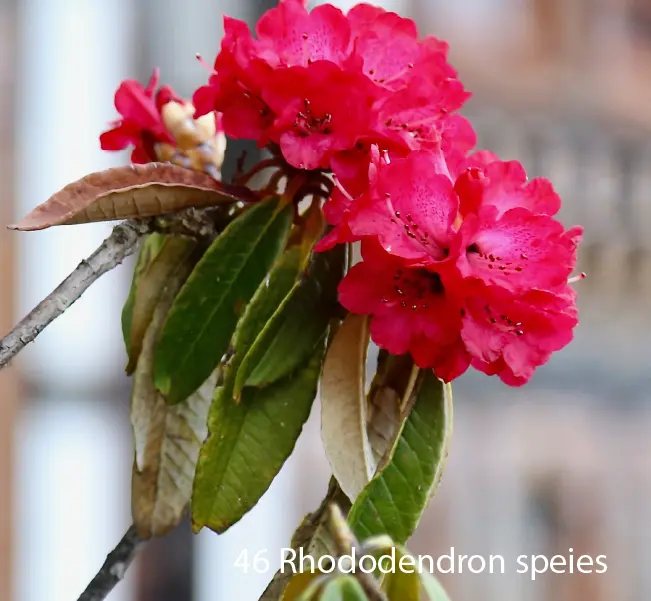
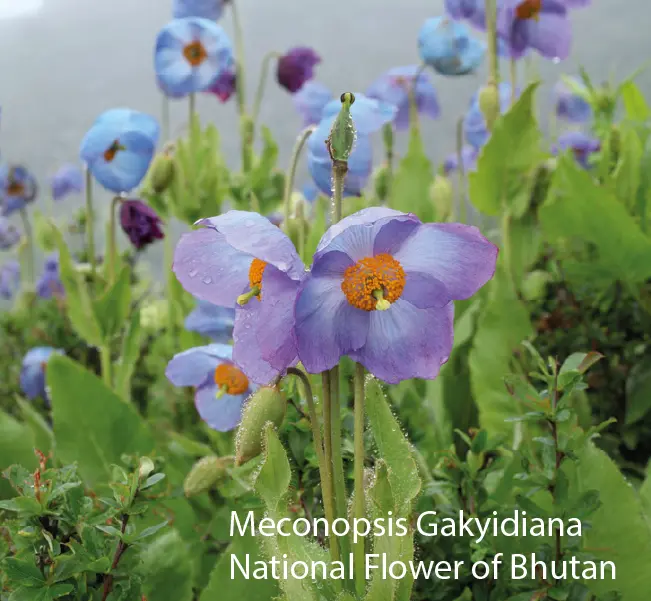
Article 5 of the Constitution of Bhutan, states that 60 % of the country’s area should be under forest cover at all times. Bhutan today has a forest cover of 72 % of which 51.44 %of the land area falls under protected areas comprising of 10 national parks and sanctuaries.
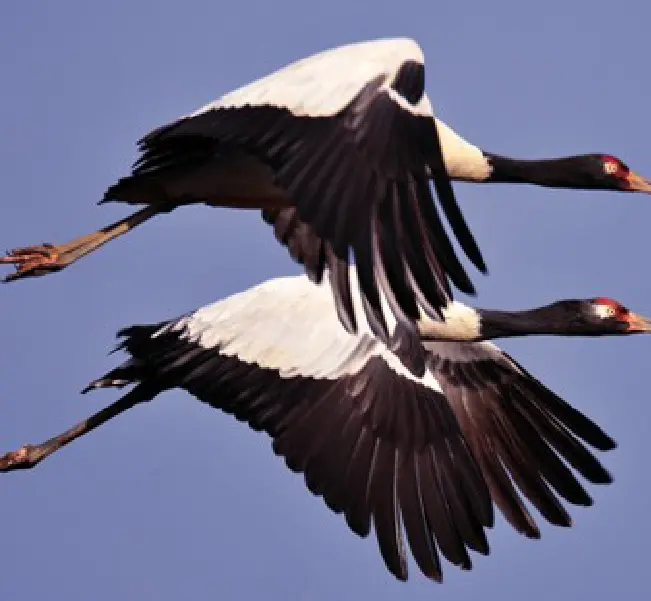
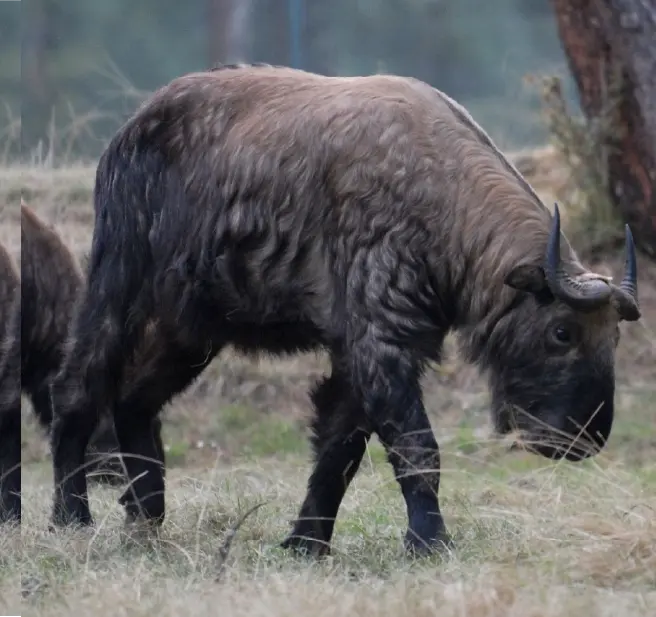
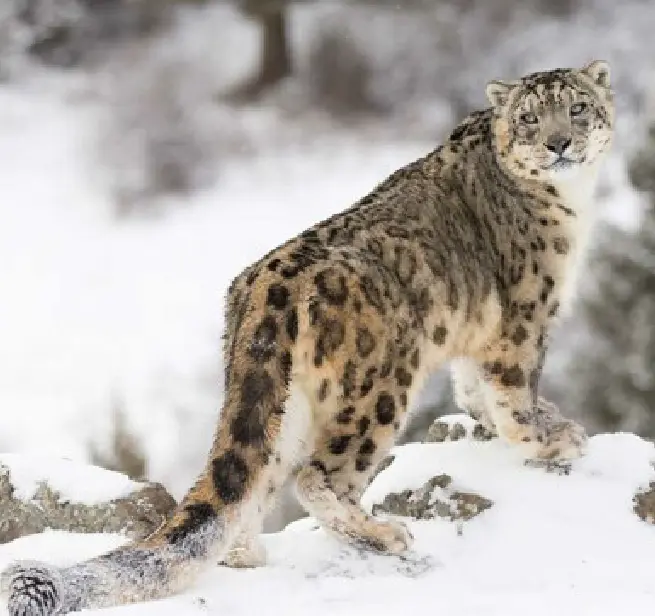
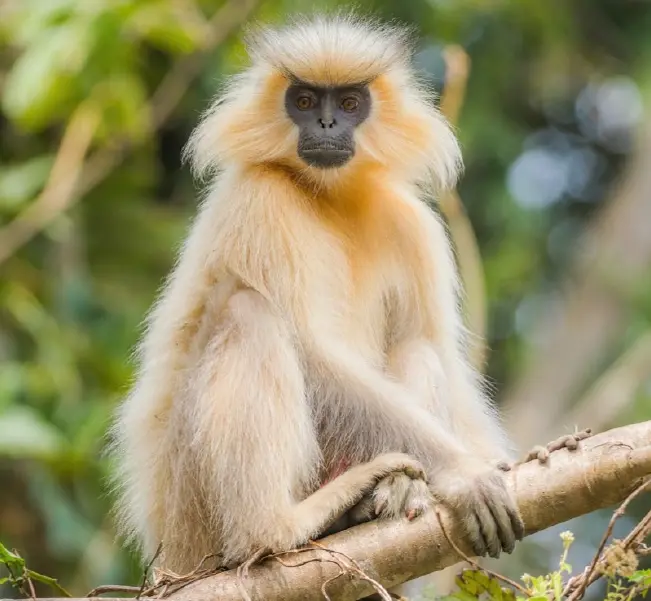
Many rare and endangered species
Such as the Snow Leopard, Takin, Royal Bengal tiger, Asian elephant, Golden langur, Black Necked crane, and Red Panda. Bhutan’s national animal, Takin lives at altitudes of 1,500m in the winter and 4,500m in the summer.
THE FIRST
CARBON NEGATIVE COUNTRY
IN THE WORLD
CULTURE
National Dress
Bhutan’s national dress, the gho for men and kira for women, showcases vibrant patterns, reflecting the country’s rich cultural heritage.
Architecture
Bhutanese architecture features distinctive, colorful designs with ornate woodwork, fortress-like dzongs, and traditional houses blending harmoniously with nature.
Cuisine
Bhutanese cuisine features spicy dishes, with staples like red rice, ema datshi (chili cheese), and hearty stews, reflecting unique flavors.
People of Bhutan
The people of Bhutan are known for their warmth, hospitality, and deep-rooted cultural traditions, living harmoniously with nature.
Language
Dzongkha, the national language of Bhutan, is widely spoken, with numerous regional dialects reflecting the country’s rich linguistic diversity.
RELIGION
The official state religion of Bhutan is Vajrayana Buddhism.
Religious personalities do not vote or mingle in political affairs in Bhutan
Bhutanese law provides for freedom of religion
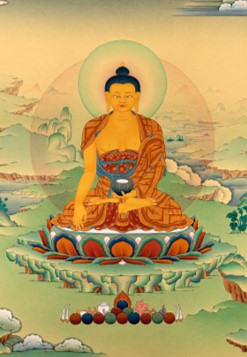
Approximately 75% of the population are Buddhist.
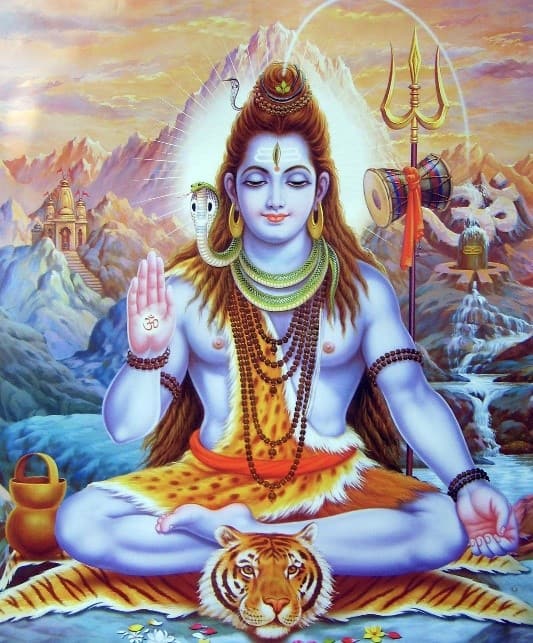
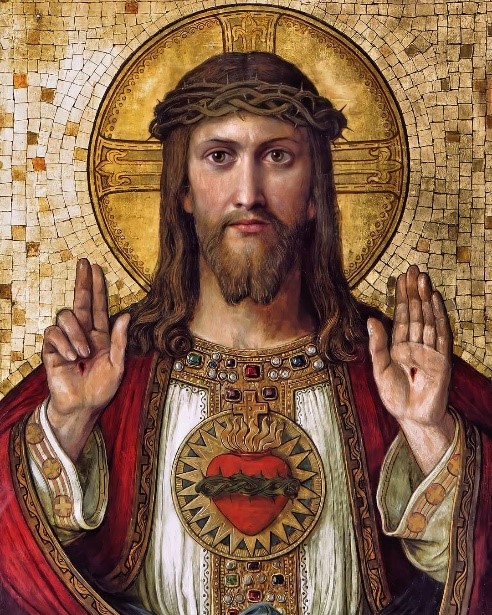
About 22% are Hindu and other religions account for less than 3% of the population.
GROSS NATIONAL HAPPINESS
Gross National Happiness (GNH) originated from Bhutan’s Fourth King, Jigme Singye Wangchuck in the early 1970s.
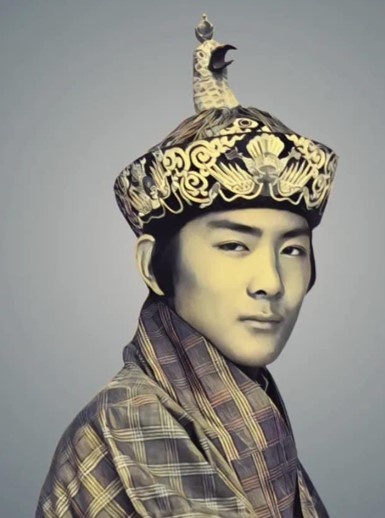
“Gross National Happiness (GNH) is more important than Gross National Product (GNP)”.
He challenged the idea that GDP alone could ensure people’s happiness and questioned the prevailing measurement systems. Bhutan’s 2008 Constitution states GNH in its governance framework, ensuring that promoting conditions for happiness remains central to its development goals.
